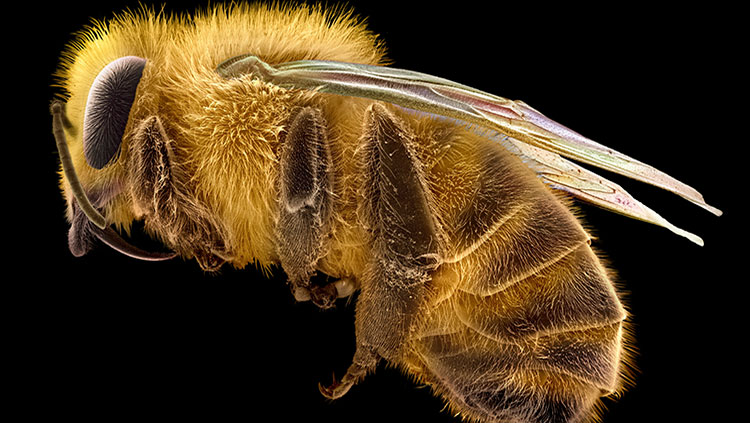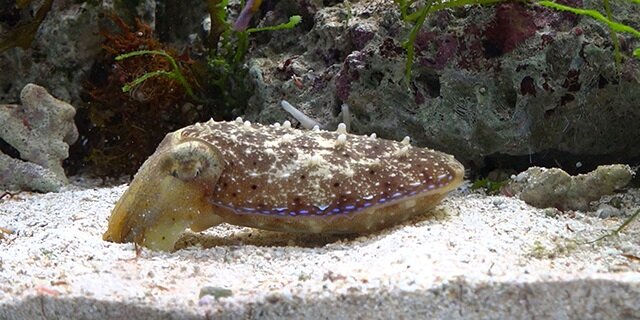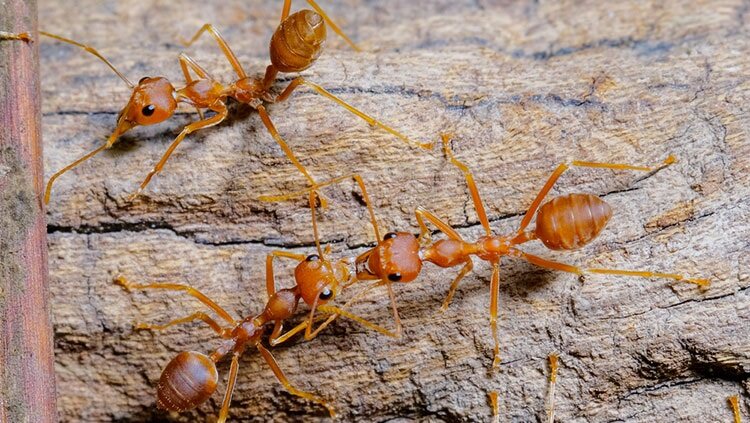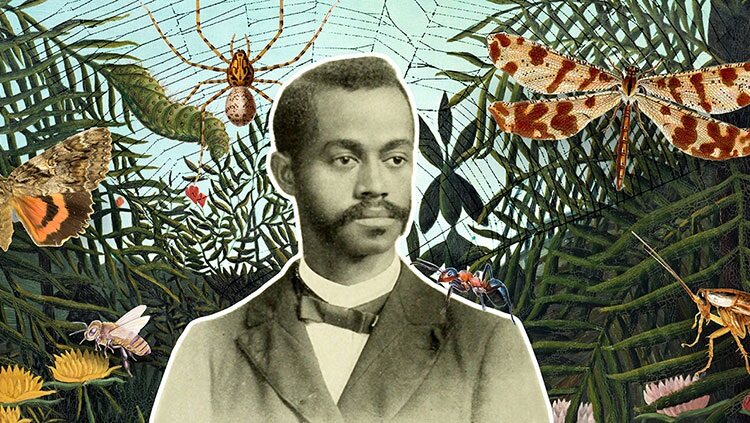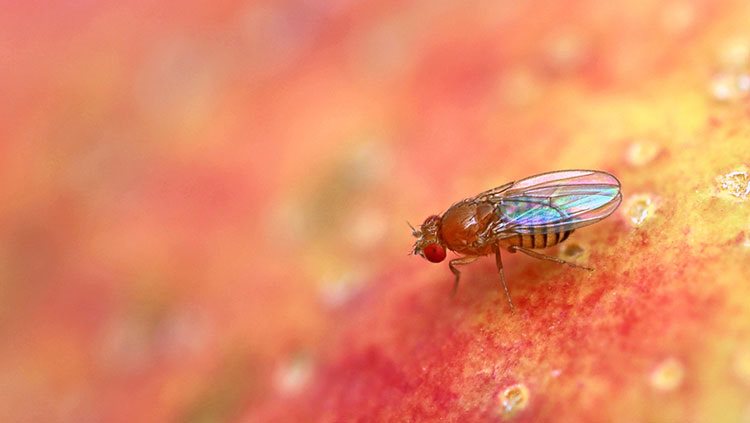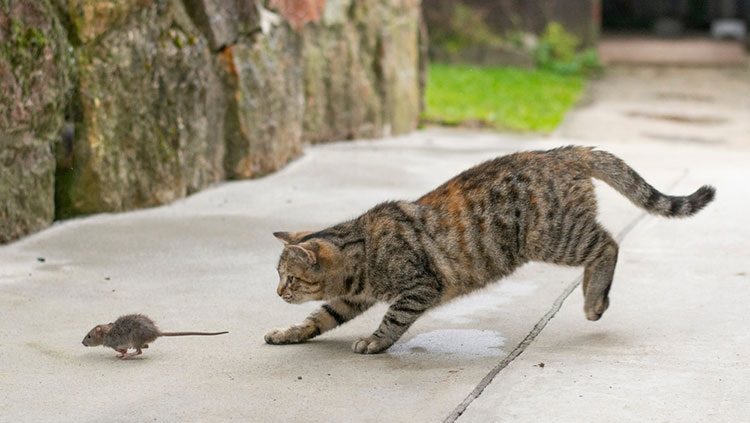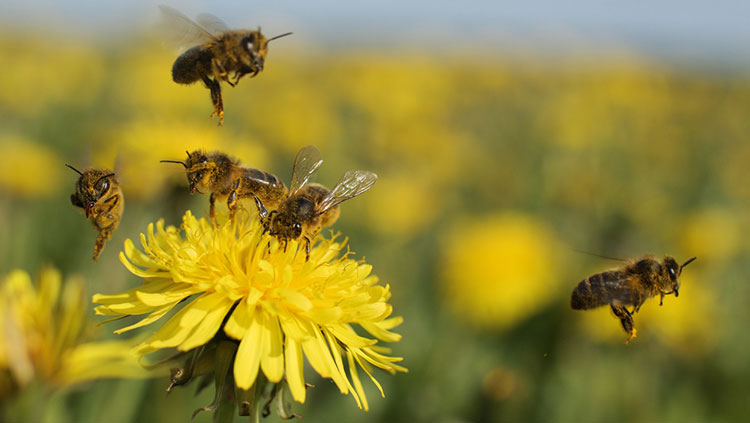Can Buzzed Bees Help Us Understand Alcohol Withdrawal?
- Published9 Nov 2021
- Author Ravindra Palavalli Nettimi
- Source BrainFacts/SfN
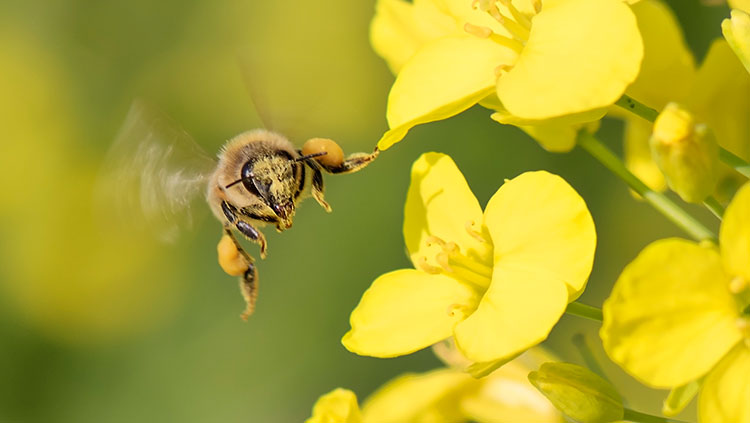
Sometimes the flight of honeybees goes a bit off-kilter. Turns out, they're flying while intoxicated.
Yeast-infested floral nectar can ferment like beer, producing up to 1% ethanol, the active ingredient of alcoholic beverages. After slurping up the spiked nectar, buzzed bees lose their balance and end up flying under the influence of alcohol. Researchers from Jagiellonian University and the Polish Academy of Sciences reported in the journal Biology Letters that when alcohol-dependent bees couldn't sidle up to their favorite floral bar for another round, they experienced withdrawal symptoms. Because they did, honeybees could join fruit flies as important model organisms for understanding the various ways alcohol affects the bodies and brains of animals and possibly humans.
“No model is a perfect recreation of what we are actually interested in — human addiction — but they all can help illuminate different aspects," says Eirik Søvik, professor at Volda University College, Norway. "It is therefore important that we use diverse model organisms."
To simulate the bee's natural beer garden, researchers served sugar water laced with different concentrations of alcohol to a group of honeybees for three weeks. While a separate group of honeybees received sugar water without any alcohol, the other groups were deprived of alcohol by switching their diets for three days. Then, researchers observed the response of the bees from each group to sugar water containing different amounts of alcohol.
In addition to effects on behavior, Krzysztof Miler, an associate professor at the Polish Academy of Sciences noted, “One of the most interesting issues, however, is the ecological relevance of alcohol exposure [and addiction] in bees."
For example, bumblebees are more attracted to certain flowers because they prefer nectar infested with a particular species of yeast over pure nectar. Such a preference can affect pollination patterns because "alcohol, as a volatile compound, surely does affect bee foraging decisions, as it can be detected before probing the nectar itself,” says Maribel Pozo, a biologist at KU Leuven, Belgium who was not involved in the study.
In addition to studying ecological effects, researchers can gain insight into the neural underpinnings of alcohol overuse in people by studying honeybees. Whereas studying addiction in humans is quite complex, scientists can deploy genetic tools and behavioral tests with honeybees to explore addiction in an animal with a relatively simpler brain. “In the nearest future, we'll be working on the effects of short- and long-term alcohol consumption on [the] health of [honey]bees and their behavior, especially cognitive and social behavior,” Miller says.
Although human and insect brains differ, alcohol acts on neurons via similar signaling molecules. Studying the molecular mechanisms of how alcohol affects the insect brain would hence be useful in addiction studies.
“We know a fair bit about the neurochemical responses, a lot less about the neural circuitry involved," Søvik says. "This area is gradually being opened up, with the advent of neurogenetic tools for dissecting what happens where during addiction-related behaviors.”
CONTENT PROVIDED BY
BrainFacts/SfN
References
Jacquemyn, H., Pozo, M. I., Álvarez-Pérez, S., Lievens, B., & Fukami, T. (2021). Yeast–nectar interactions: Metacommunities and effects on pollinators. Current Opinion in Insect Science, 44, 35–40. https://doi.org/10.1016/j.cois.2020.09.014
Ostap-Chec, M., Opalek, M., Stec, D., & Miler, K. (2021). Discontinued alcohol consumption elicits withdrawal symptoms in honeybees. Biology Letters, 17(6), 20210182. https://doi.org/10.1098/rsbl.2021.0182
Sokolowski, M. B. C., Abramson, C. I., & Craig, D. P. A. (2012). Ethanol self-administration in free-flying honeybees (Apis mellifera L.) in an operant conditioning protocol. Alcoholism: Clinical and Experimental Research, 36(9), 1568–1577. https://doi.org/10.1111/j.1530-0277.2012.01770.x
Søvik, E., & Barron, A. B. (2013). Invertebrate models in addiction research. Brain, Behavior and Evolution, 82(3), 153–165. https://doi.org/10.1159/000355506



